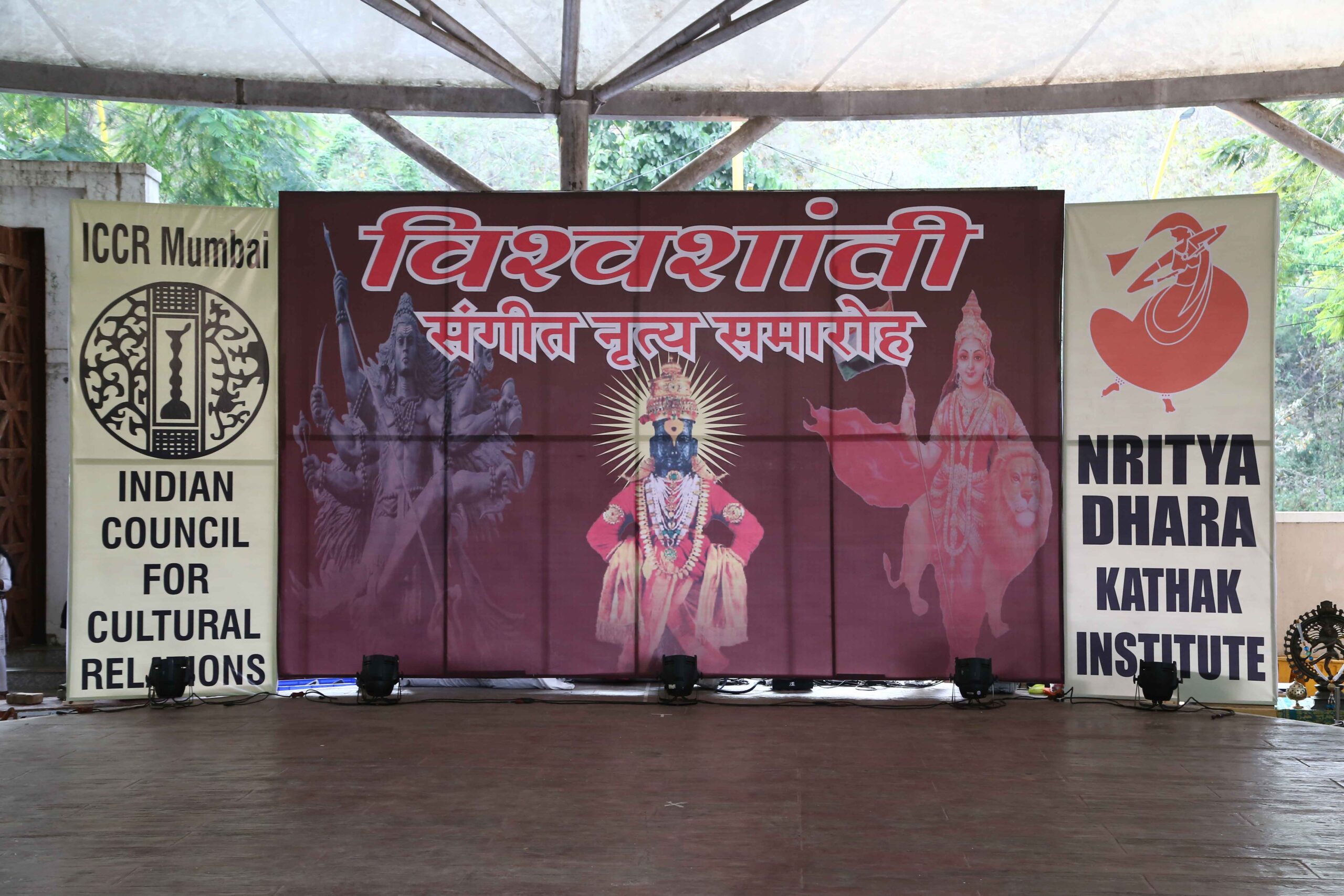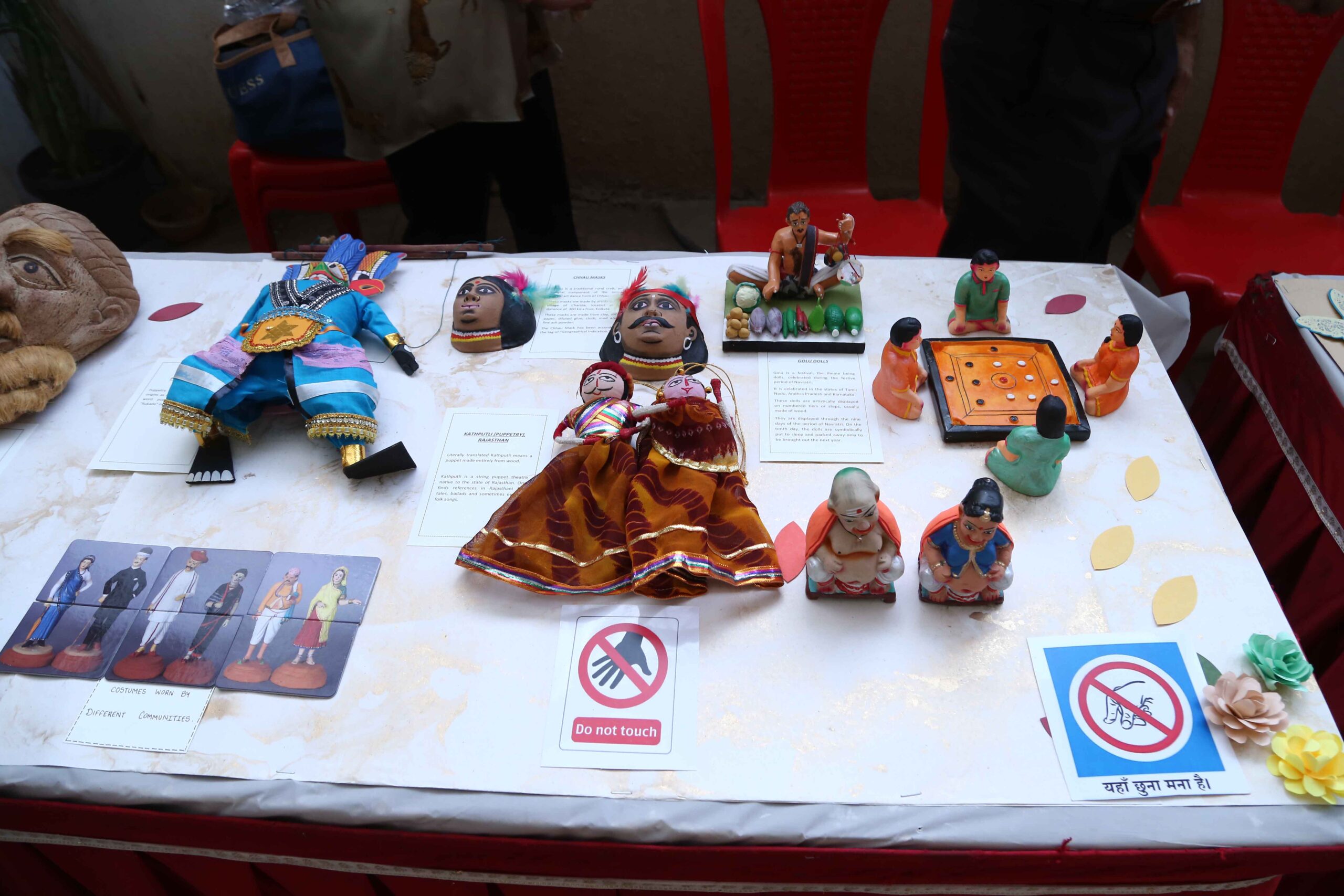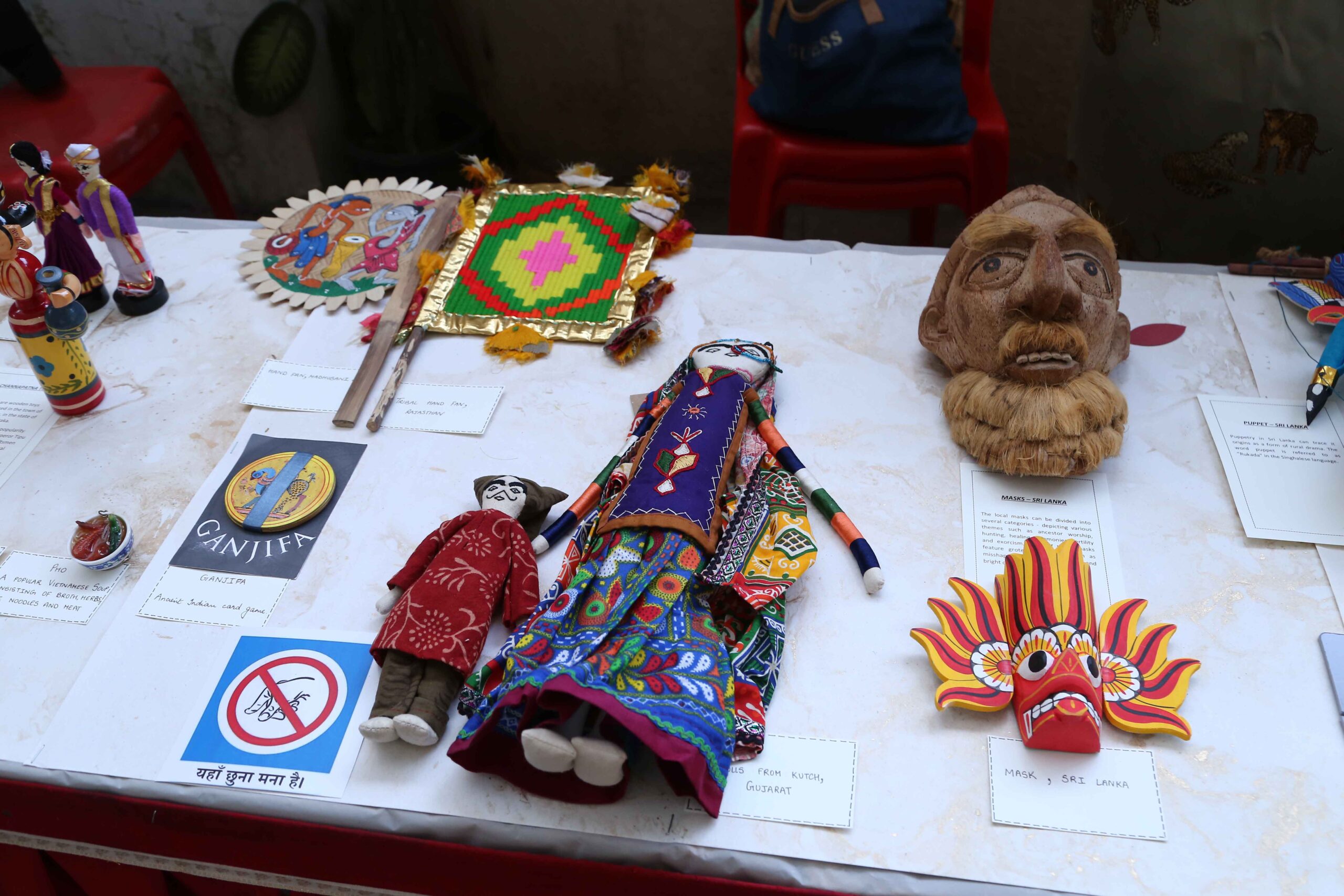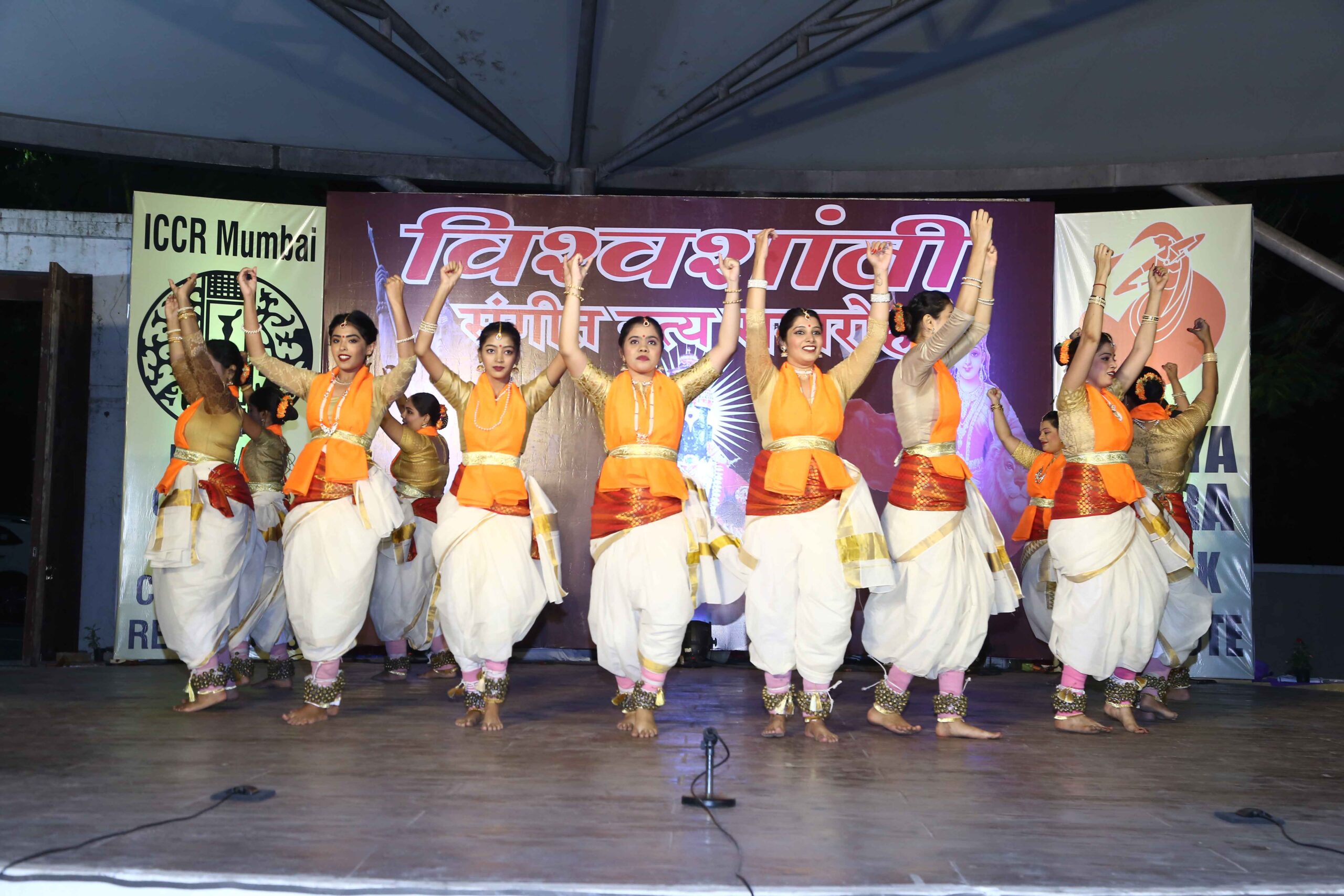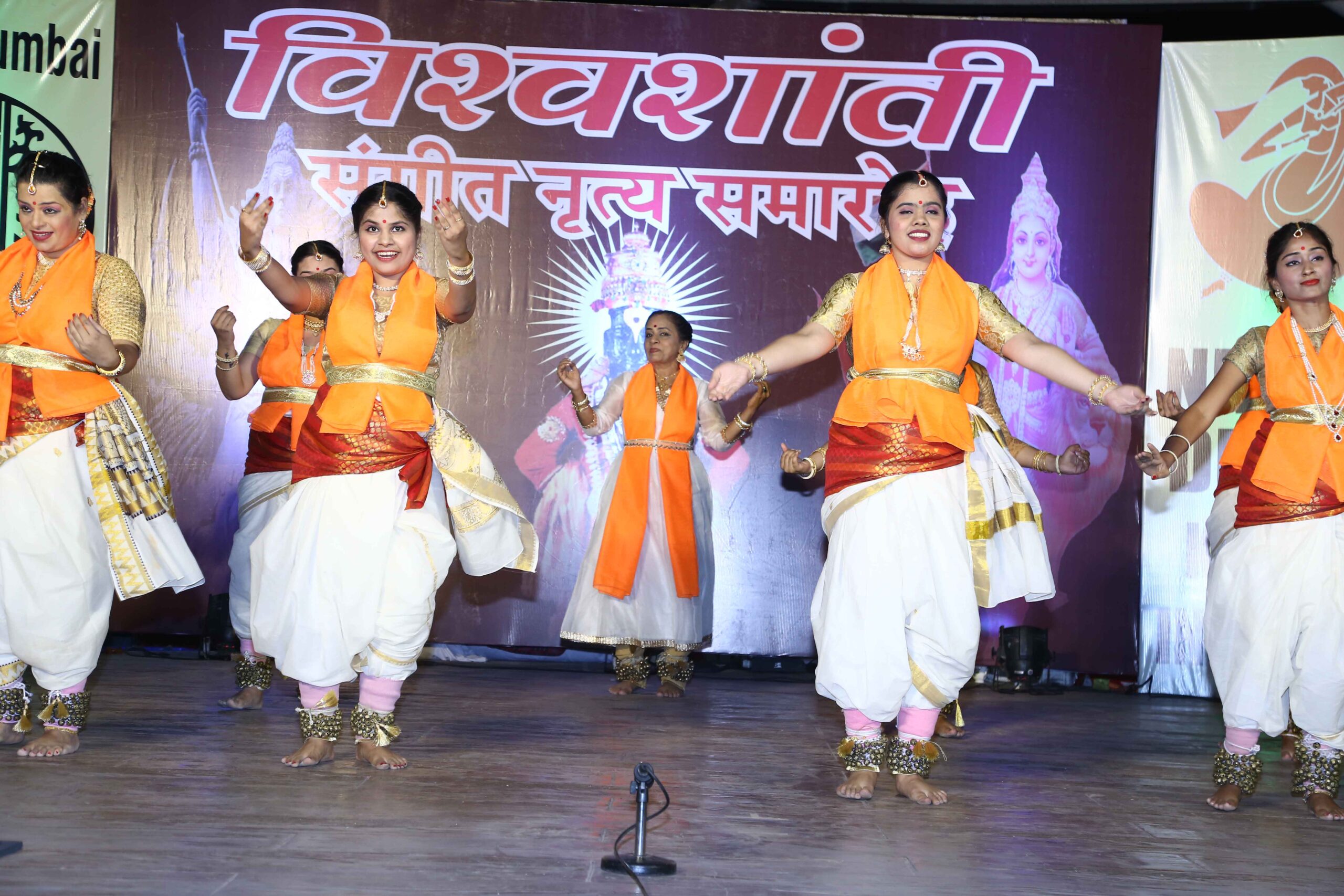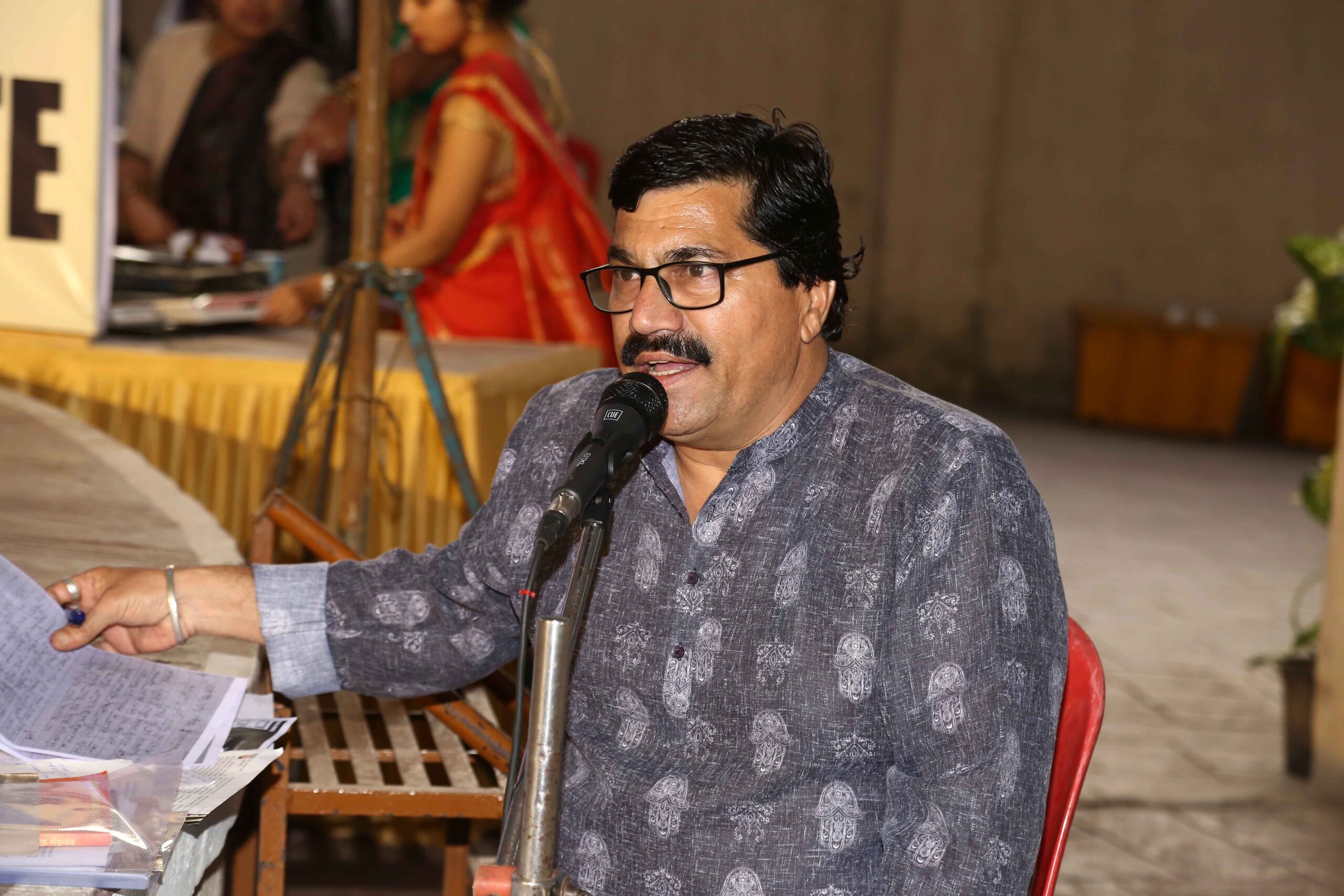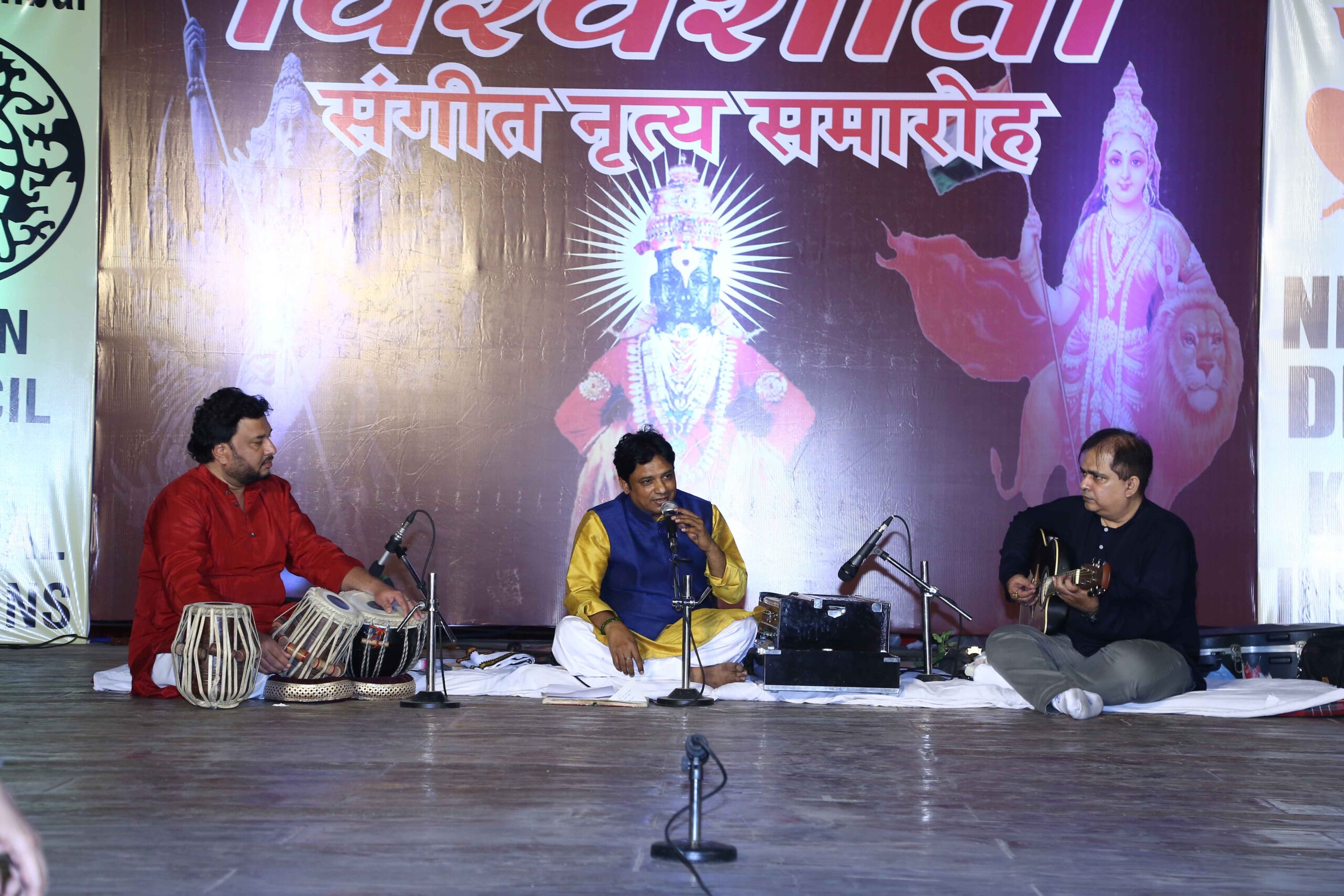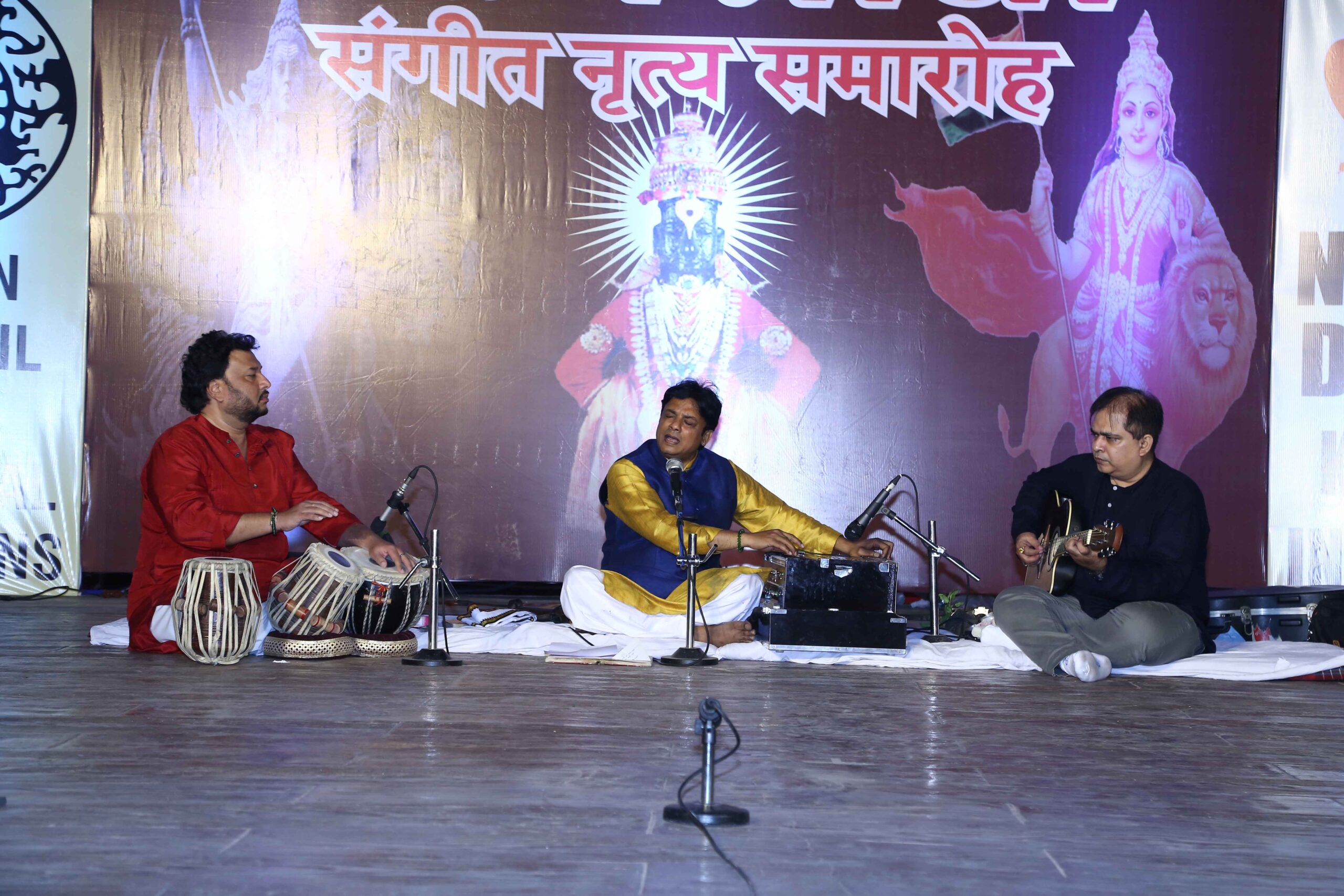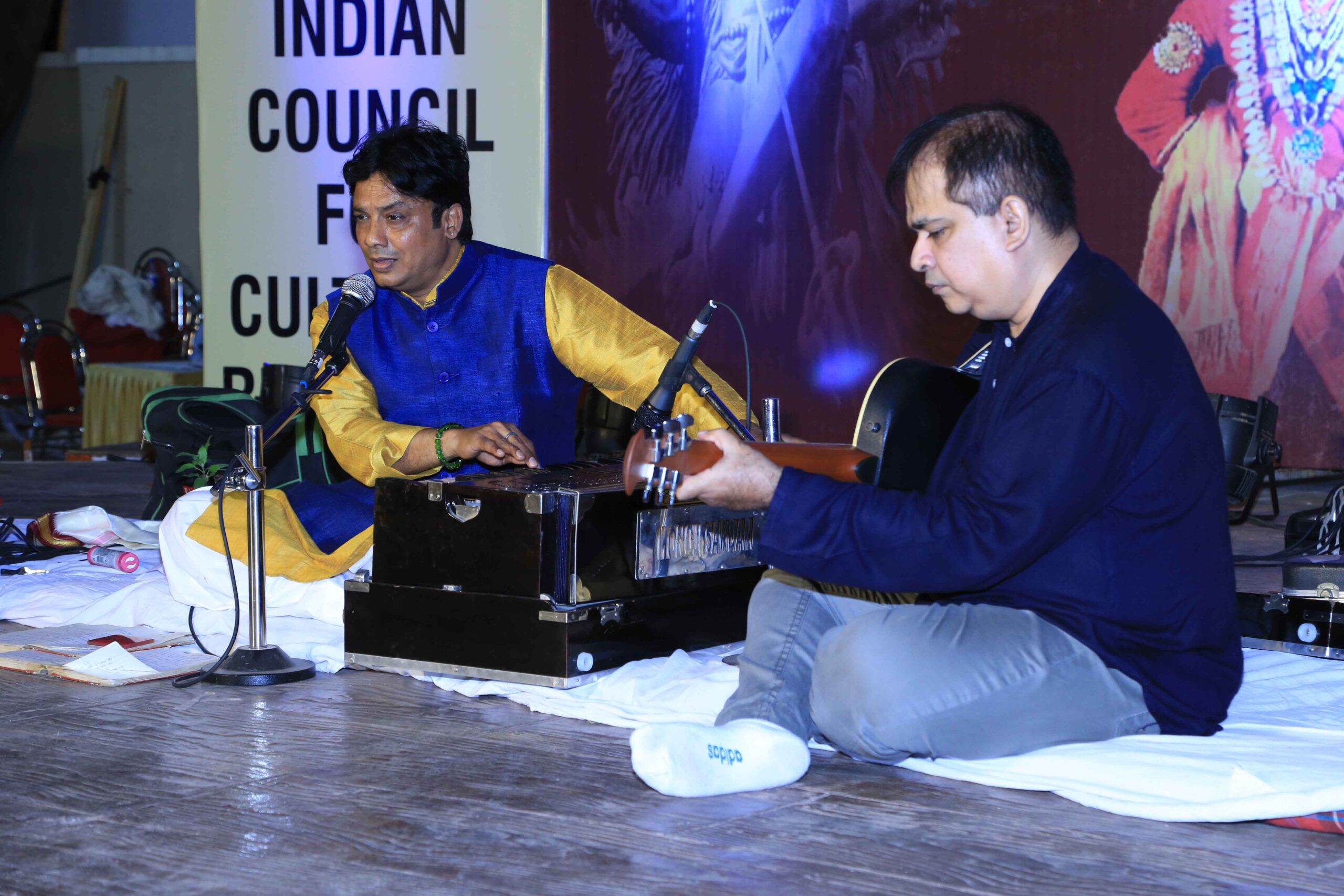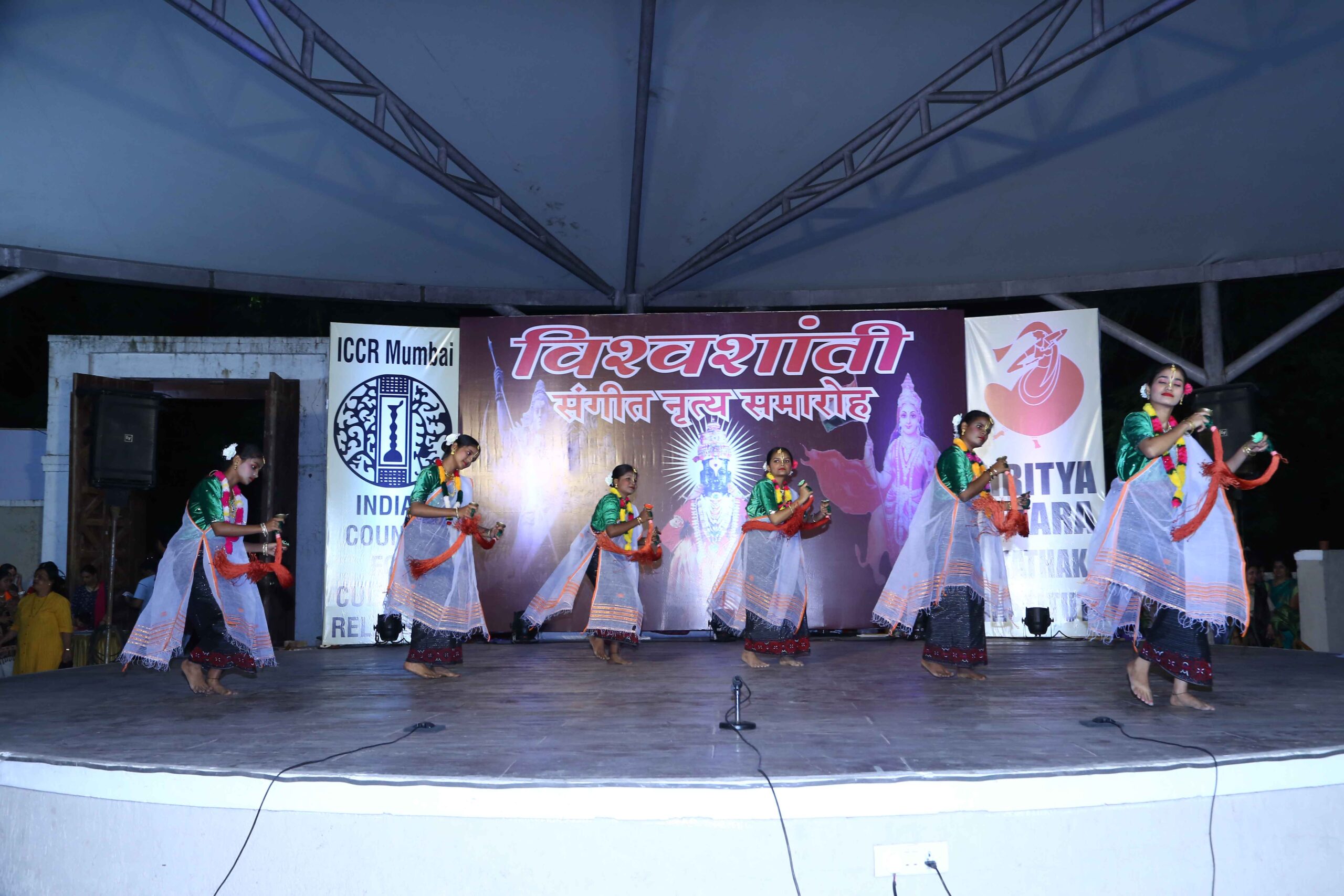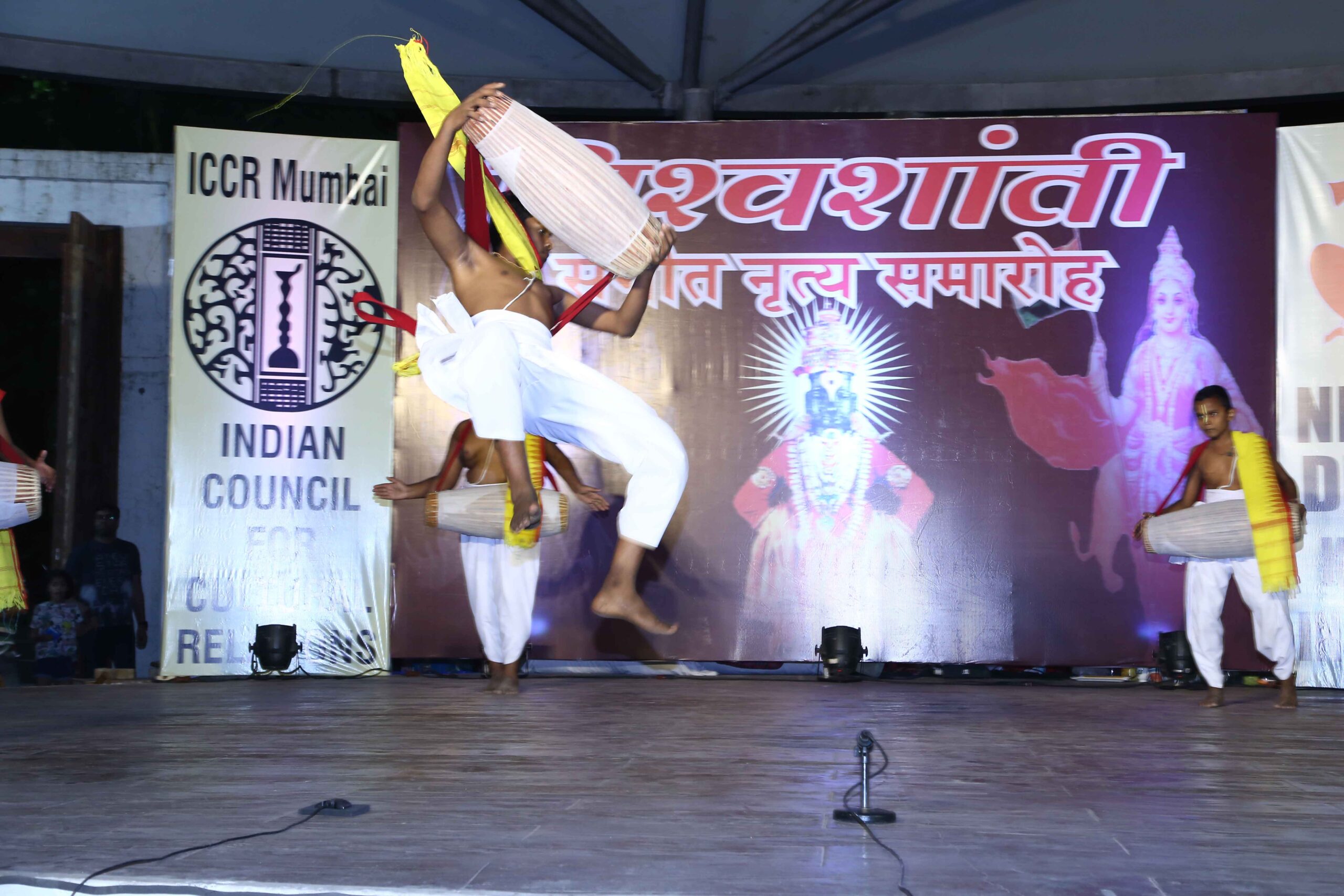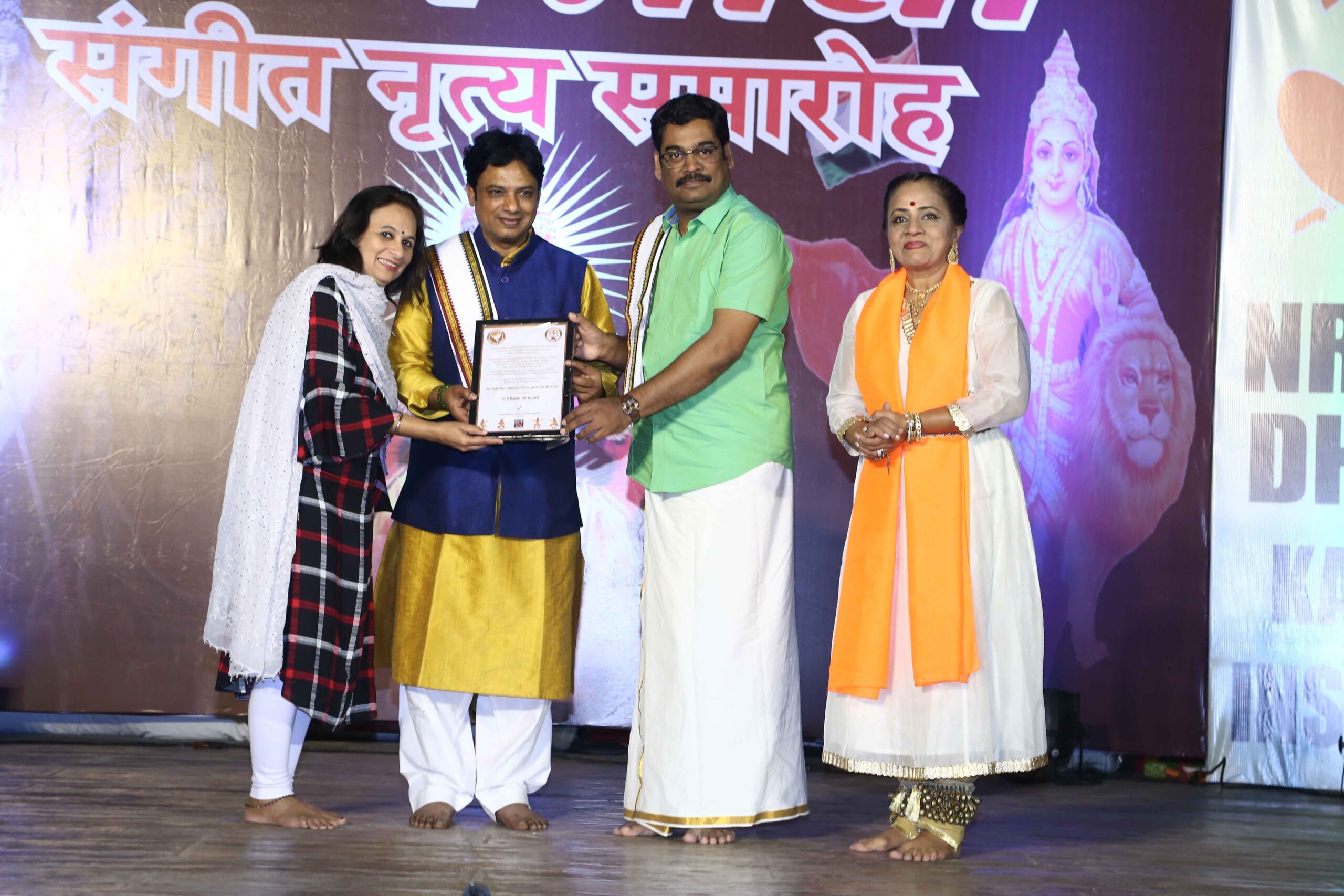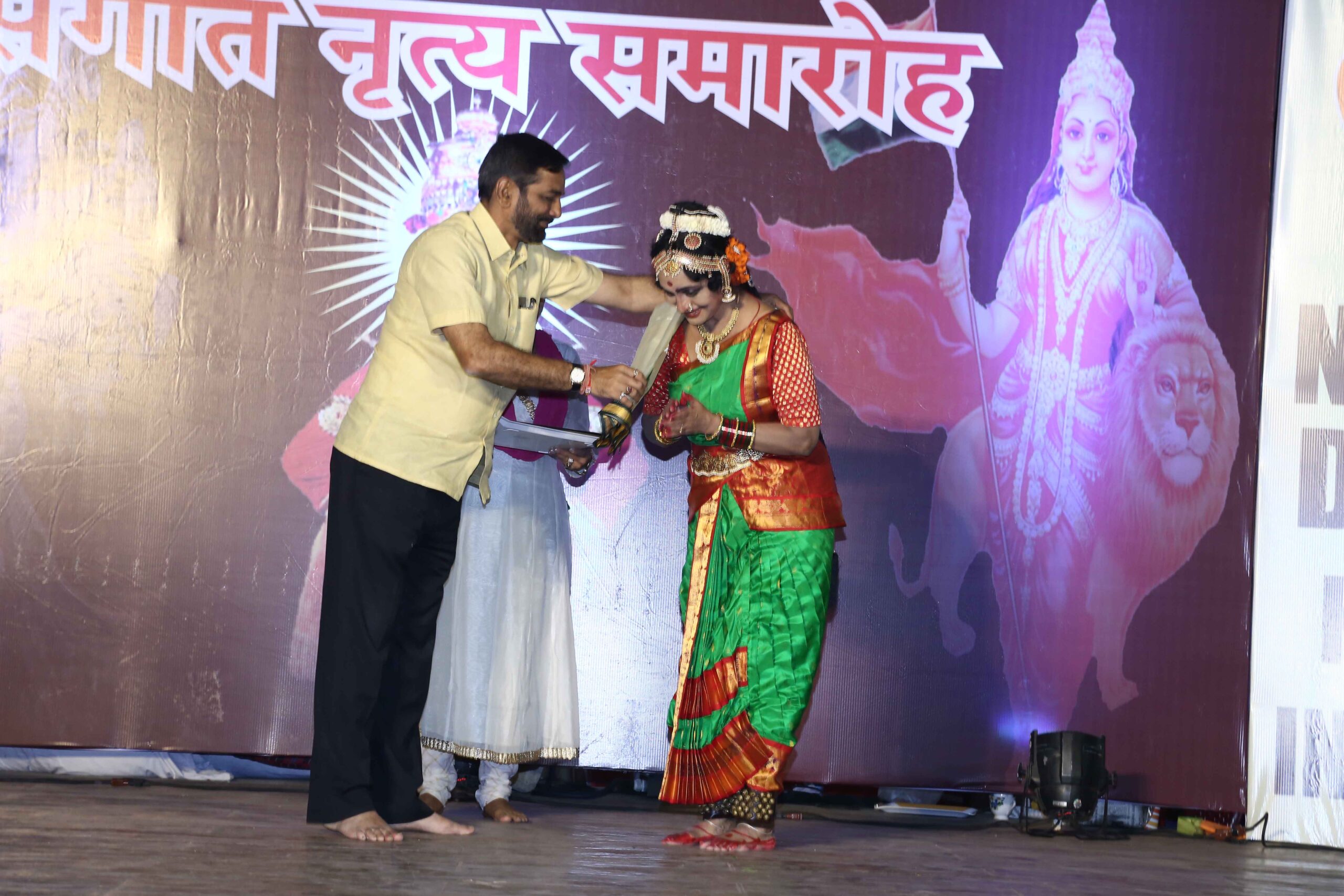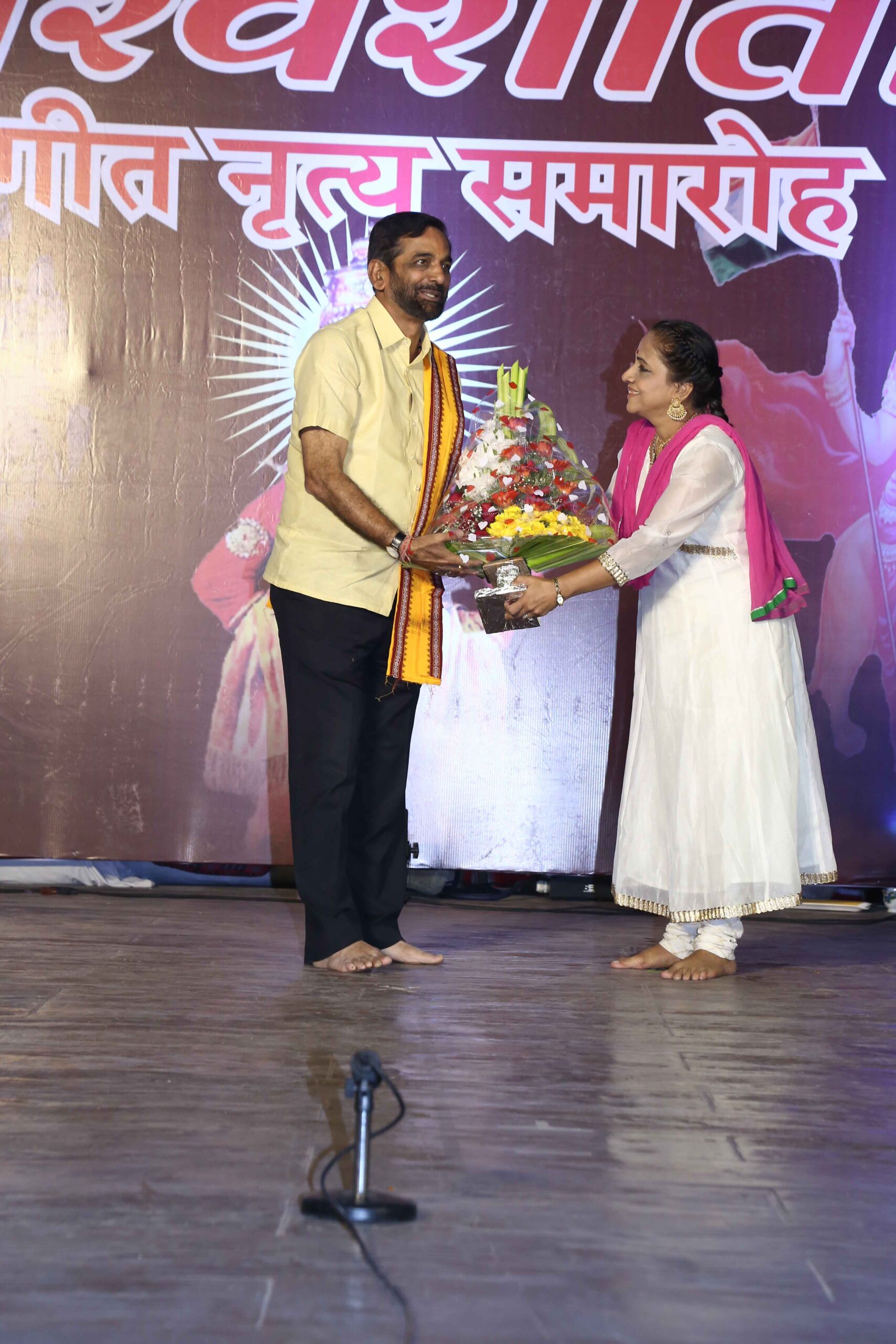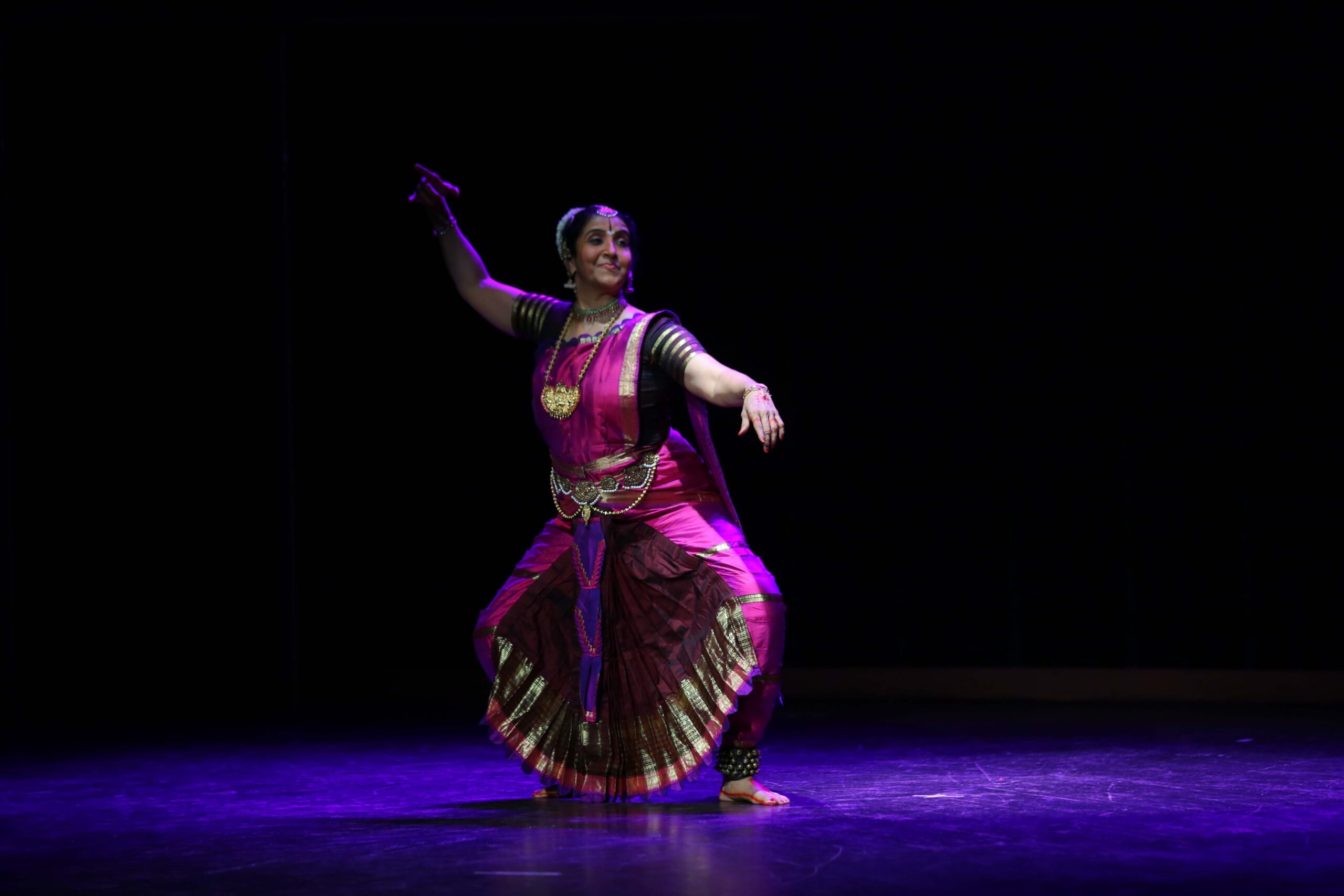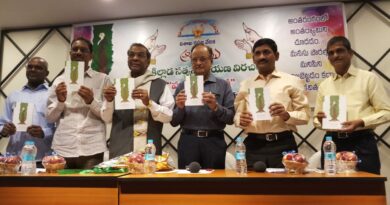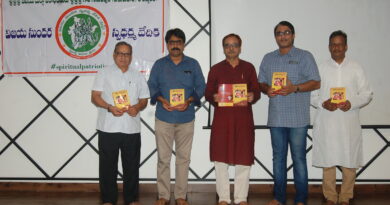The 6th Vishwashanti Sangeet Nritya Samaroh
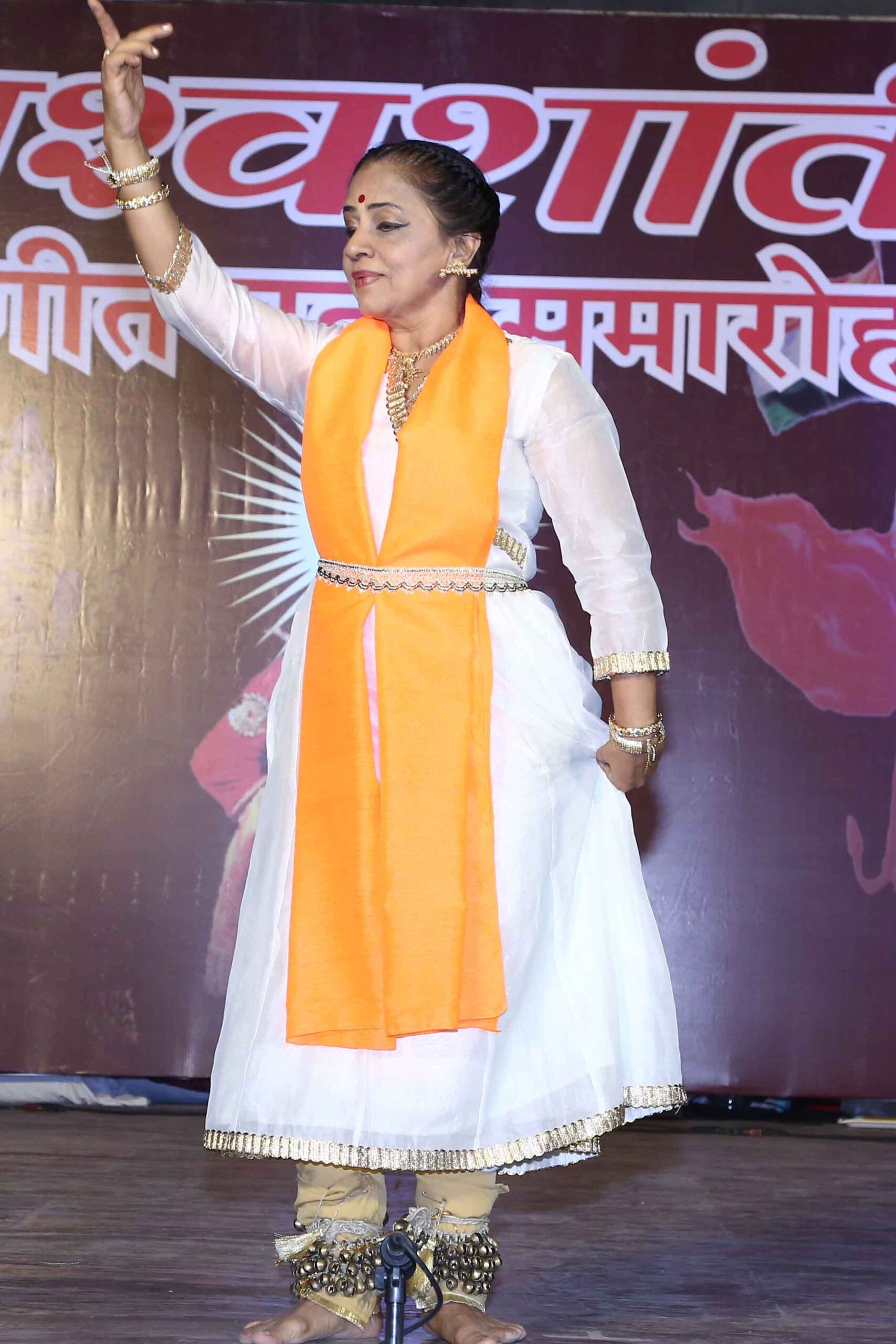
Keeping up with the tradition, Nrityadhara Kathak Research Institute in collaboration with ICCR Mumbai Horizon Series conducted the 6th ‘Vishwashanti Sangeet Nritya Samaroh’ on March 1, 2020. The programme has seen two stalwarts Padma Shri recipient Shobha Naidu and Rajab Ali Bharti perform on behalf of ICCR. Sanjay Kelkarji, MLA, BR Vikram Kumar, Editor in chief of The Dance India and Renu Prithiani, ICCR graced the occasion with their presence.
Nrityadhara Kathak Research Institute believes that music is a way of expressing our emotions and the art of music purely cultivates joy, peace of mind and prosperity. In 2015, the institute accomplished its vision by organising ‘Vishwashanti Sangeet Nritya Samaroh’. Through this cultural extravaganza, the institute introduced different themes and concepts of music and dance and thereby spreading peace and prosperity in society.
Since its inception, ‘Vishwashanti Sangeet Nritya Samaroh’ has witnessed performances by renowned artists like Swargiya Kishori Tai Amonkar, Pt Bhavani Shankar, Pt Ravi Chary and others.
In 2019, under the banner of ‘Vishwashanti Sangeet Nritya Samaroh’, seven classical dance styles of India (Manipuri, Kathakali, Odissi, Kuchipudi, Mohiniattam, Kathak and Bharatanatyam) were presented by prominent artists on one platform.
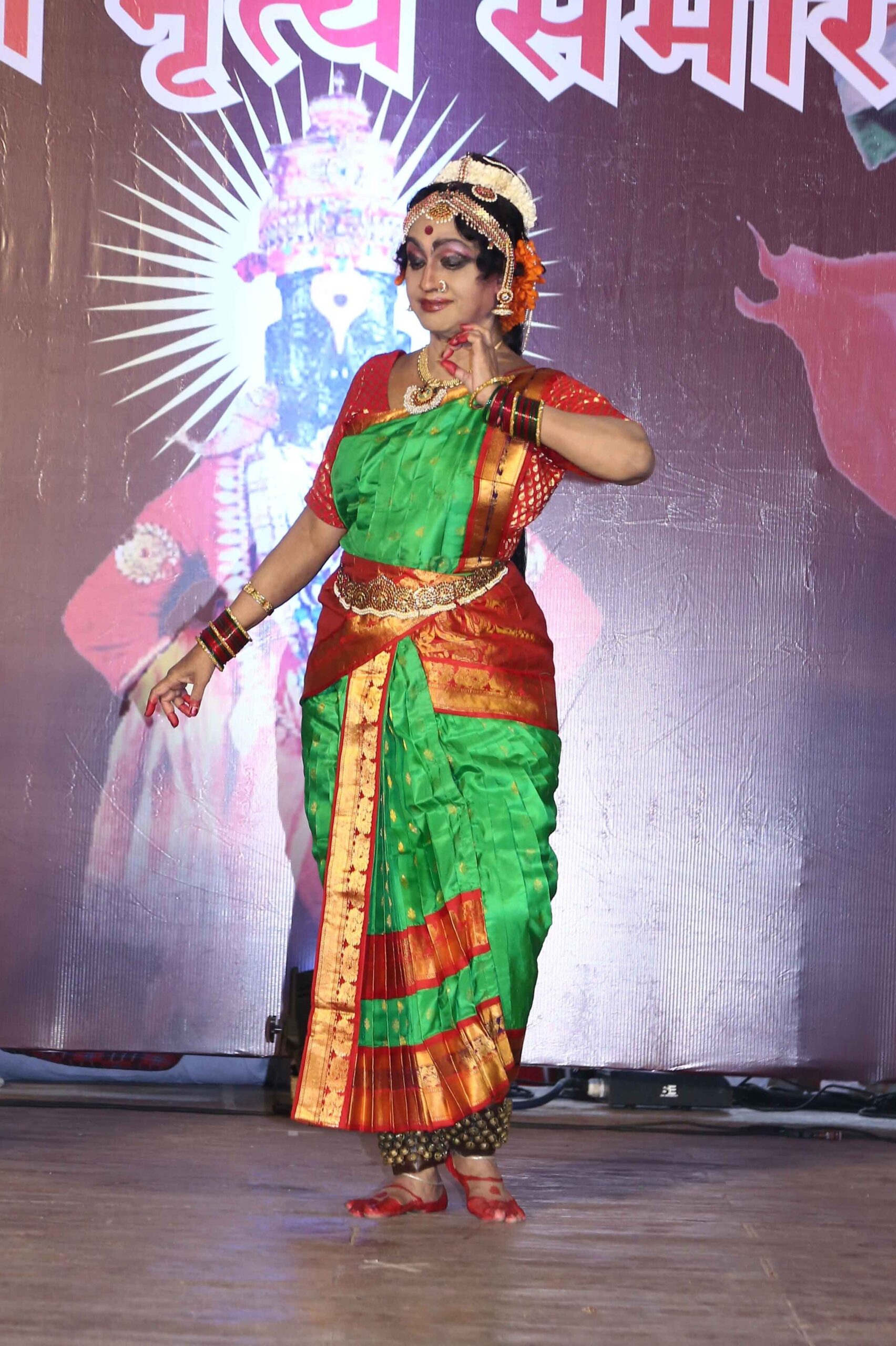
The 2020 edition of the hugely popular festival witnessed performances by Padma Shri recipient Shobha Naidu (Kuchipudi), Latasana Deviji and her students (Manipuri), Kashmira Trivedi and students (Bharatanatyam), Mukta Joshi and students (Kathak) and Rajab Ali Bharti (Gazal). The programme began with the felicitation of gurus and performers.
The Samaroh began with Rajarajeshwari Ashtakam by Kuchipudi legend Sobha Naidu and her students. The presentation showcased various forms of the goddess with different names, embodiment, and personification of energy was well depicted. Through this performance, the dancers offered their salutation to the goddess who with her beauty and extraordinary lustre filled everyone with joy and happiness. It was followed by ‘Okapari Kokapari Vayyaramai’, a composition amongst Annamacharya’s prolific numbers. This performance described Lord Venkateswara and his consort Mangadevi saunter along, exuding grace so difficult to describe. The Kuchipudi presentation concluded with the devotional performance ‘Krishna Swagatham’ depicting the devotion showered on lord Krishna by Gopis on his return to Mathura after killing Kansa.
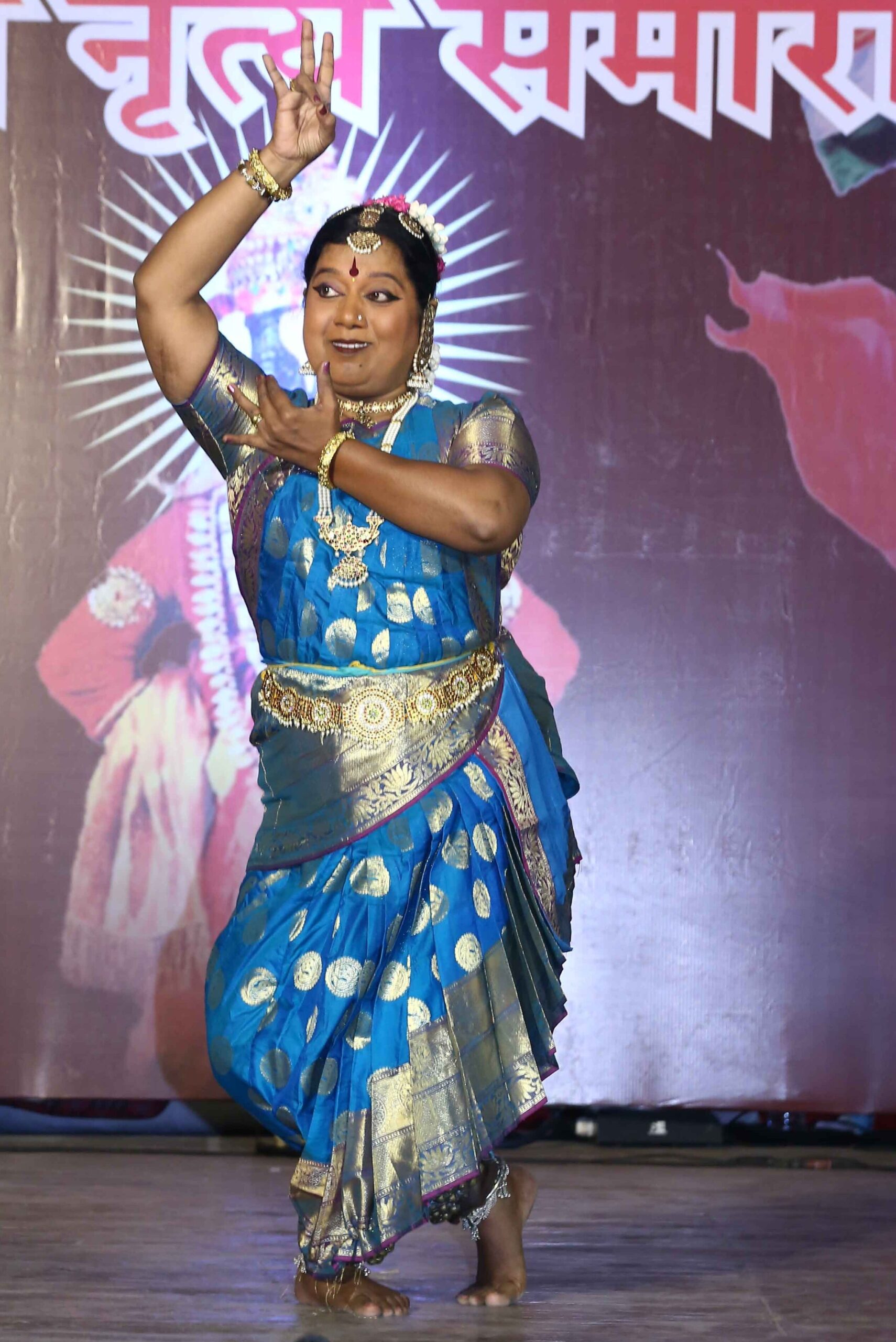
The next presentation by Latasana Devi and her students saw Krishna Stuti in Manipuri style. It was followed by a live Pungi Yeiba by her students. Pung is a Manipuri drum considered being an auspicious instrument. The students played the drums in different ways. This was followed by Shiv Stuti performed by Latasana Devi, describing Lord Shiva as vast and immeasurable. Next, there was a live performance of Pung Cholom by her students. Pung Cholom is a unique classical dance of Manipur. Students played Pung and danced simultaneously with acrobatic moves without breaking the rhythm of the music. The Manipuri dance was followed by a Bharatanatyam presentation by Kashmira Trivedi and her students.
The next presentation on stage witnessed ‘Kirtan Parampara’ in Kathak dance style. Kirtan is a Sanskrit word that means narrating, reciting, telling or describing an idea or story. With roots in the Vedic anukirtana tradition, a kirtan is a way to describe a legend, or express loving devotion to a deity, or discuss spiritual ideas. The two main types include ‘Naradiya Kirtan’ and ‘Warkari Kirtan’. Guru Mukta Joshi and her students performed Kathak on the kirtan music depicting the Warkari Kirtan Parampara. “Wari” means moving or going on pilgrimage, and “Kari” means one who undertakes it. Over 700 years ago, the Warkari movement was started by Sant Dnaneshwar who sowed the seeds of ‘Bhakti’ in every individual irrespective of caste, creed or status. In Warkari Kirtan musical instruments like taal, mridang, veena, harmonium are used.
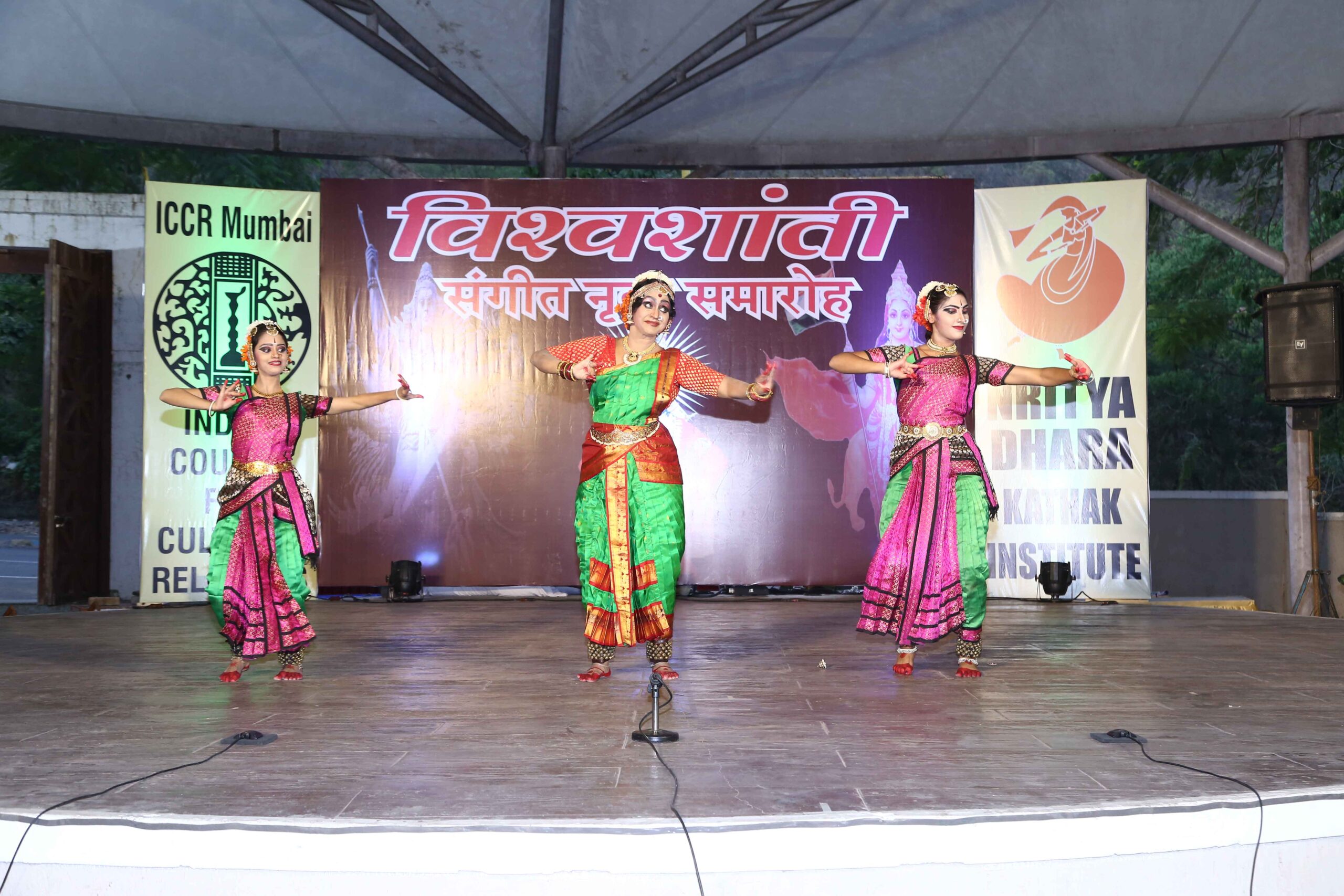
The performance began with dancers (kirtankar) continuously enchanting and performing Kathak on ‘Jai Jai Ramkrishna Hari’. It was followed by performances on Abhang ‘Sundar te Dhyan”, then Abhang ‘Roop Pahata Lochani’ in taal Jhaptal. The whole amphitheatre echoed with the enchantment of Vitthal, Rakkhumai, Pandurang and Hari. The Kirtan Parampara concluded with a performance on the enchantments of ‘Sant Gyaneshwar Mauli’. This performance showcased the blending of different taals of kathak with the kirtan music, leaving the audience mesmerised.
The 6th ‘Vishwashanti Sangeet Nritya Samaroh’ concluded with beautiful Sufi music and ghazals sung by renowned musician Rajab Ali Bharti. He expressed that ghazal is an evergreen genre of music and that he is happy to see even the youth becoming more intrigued towards it. Bharti, who is the grandson of late Ustad Jamaal Khan (guru of late Jagjit Singh) and nephew of late Ustad Mehdi Hassan, also performed a few ghazals hits like ‘Aaj Jaane ki zid na karo’, ‘Hothon se choo lo tum’ and ‘Hoshwalon ko khabar kya’ for the music lovers.
Gallery :

